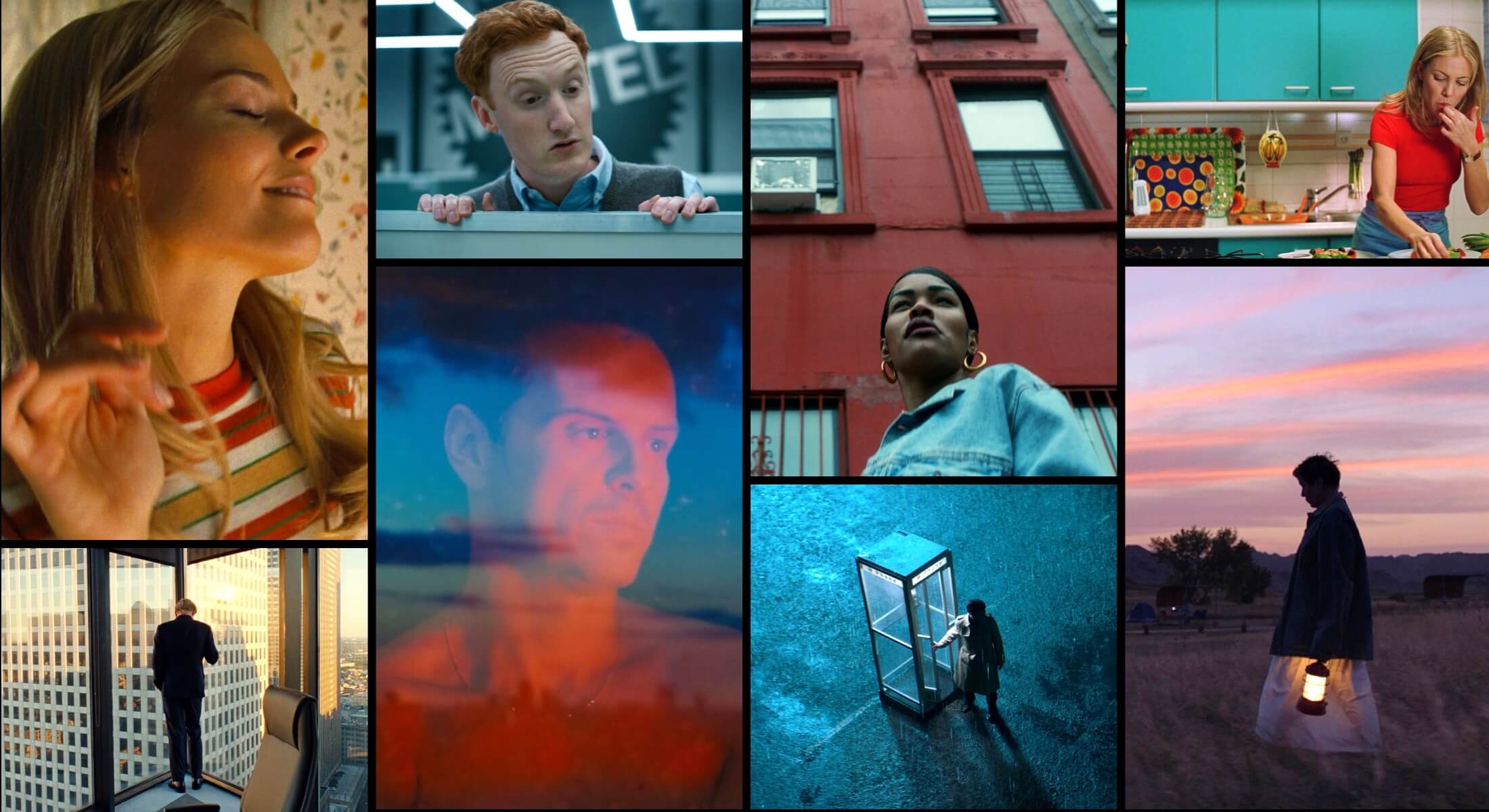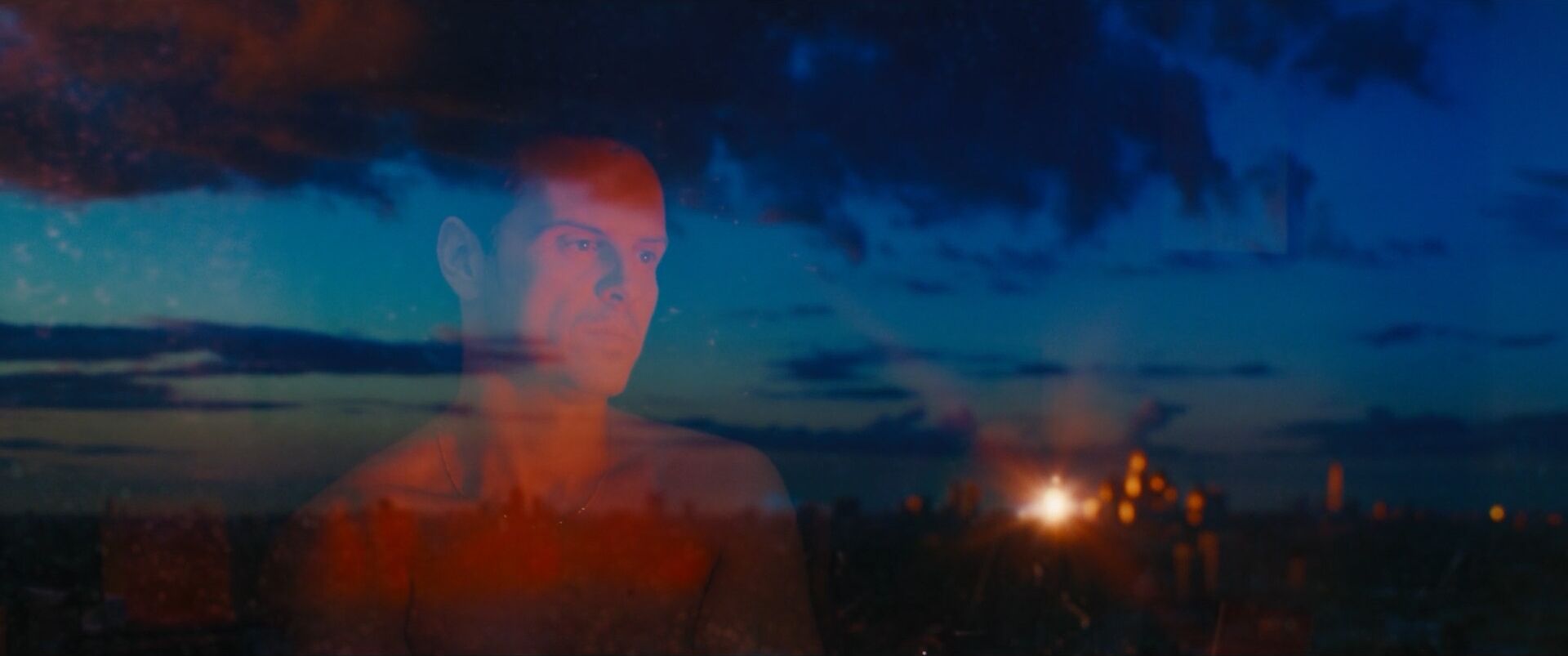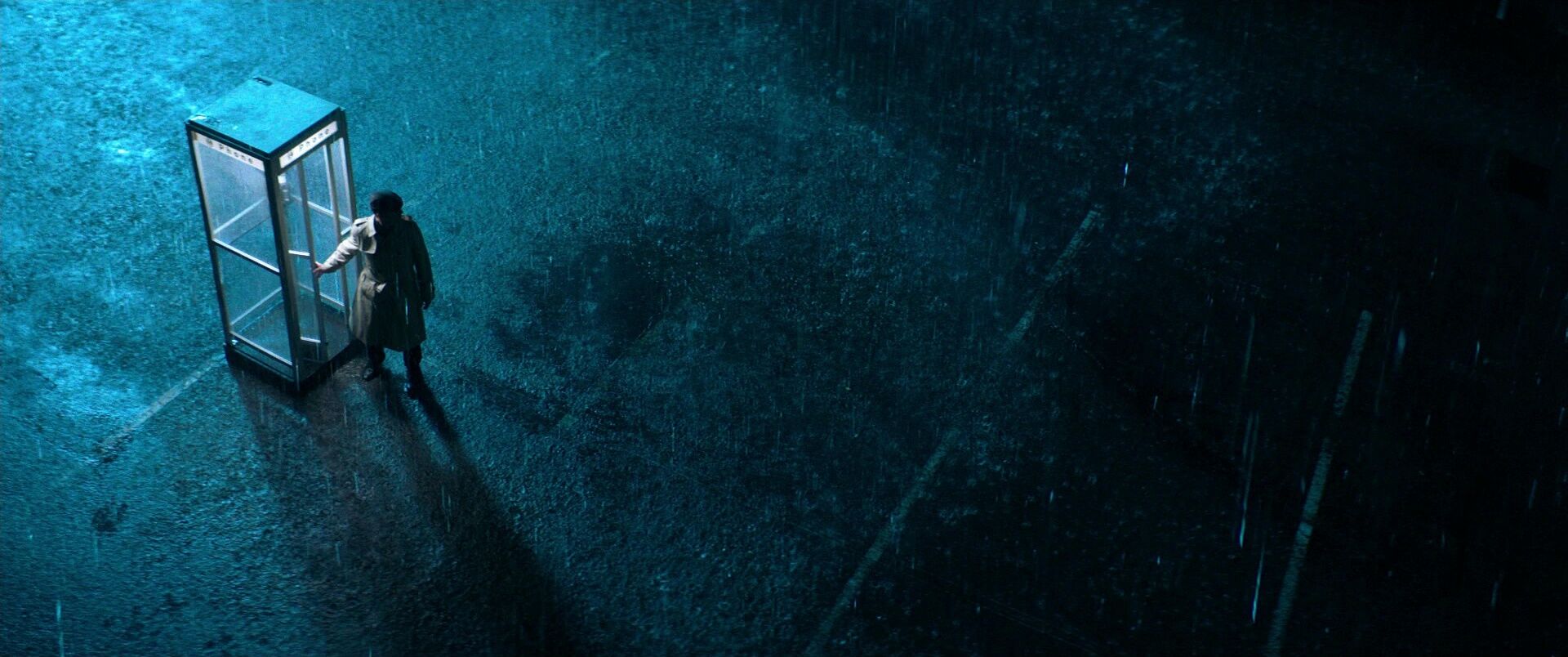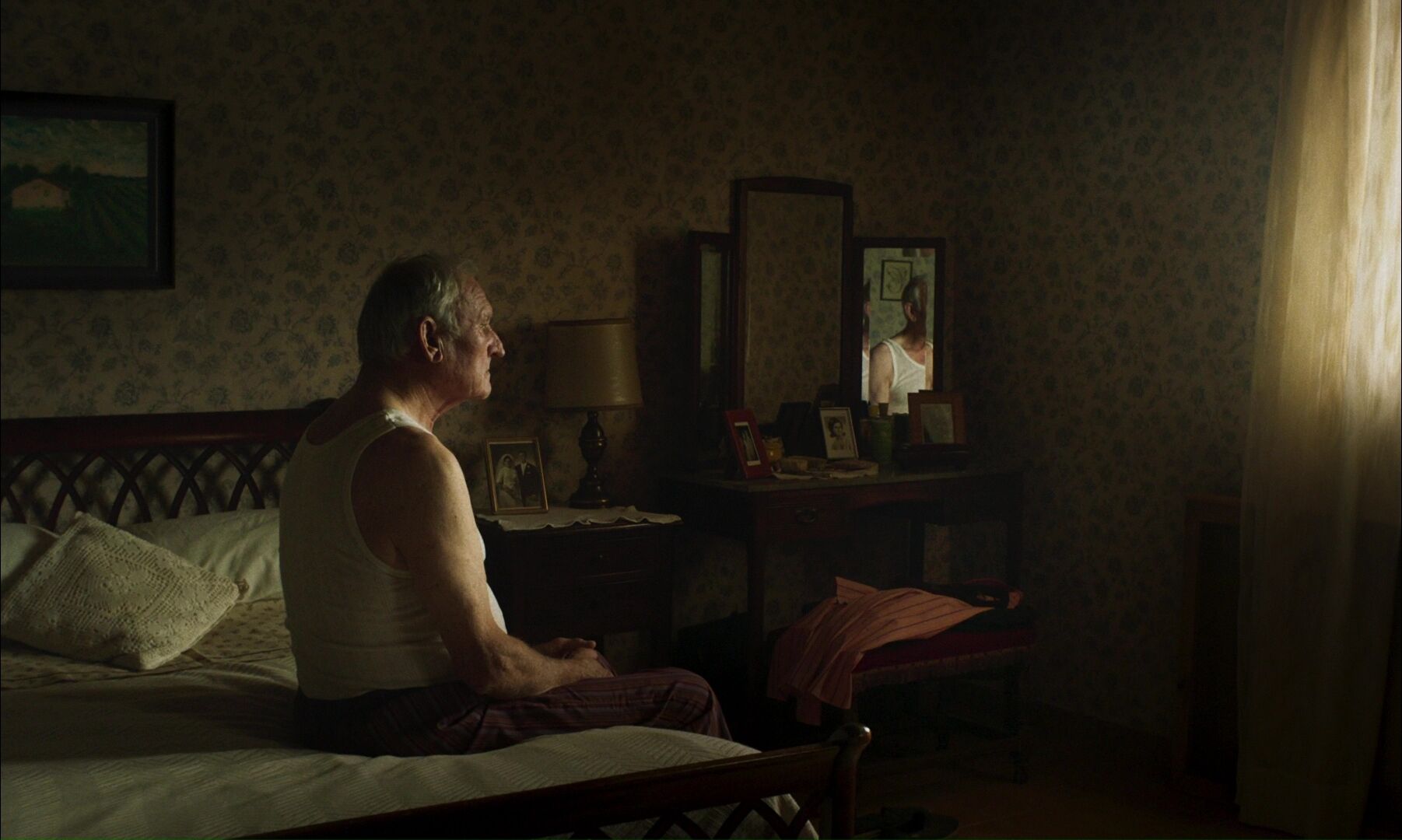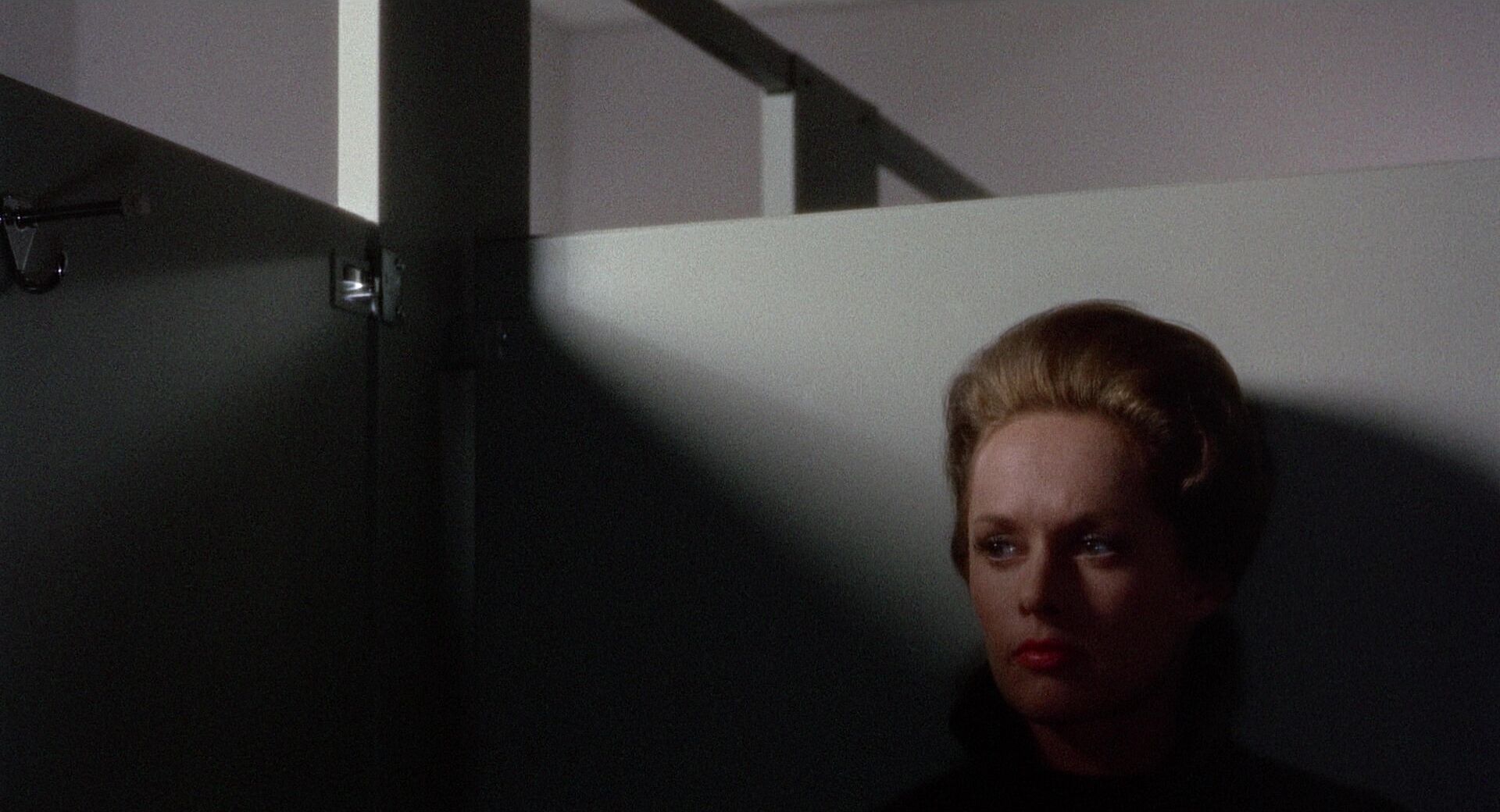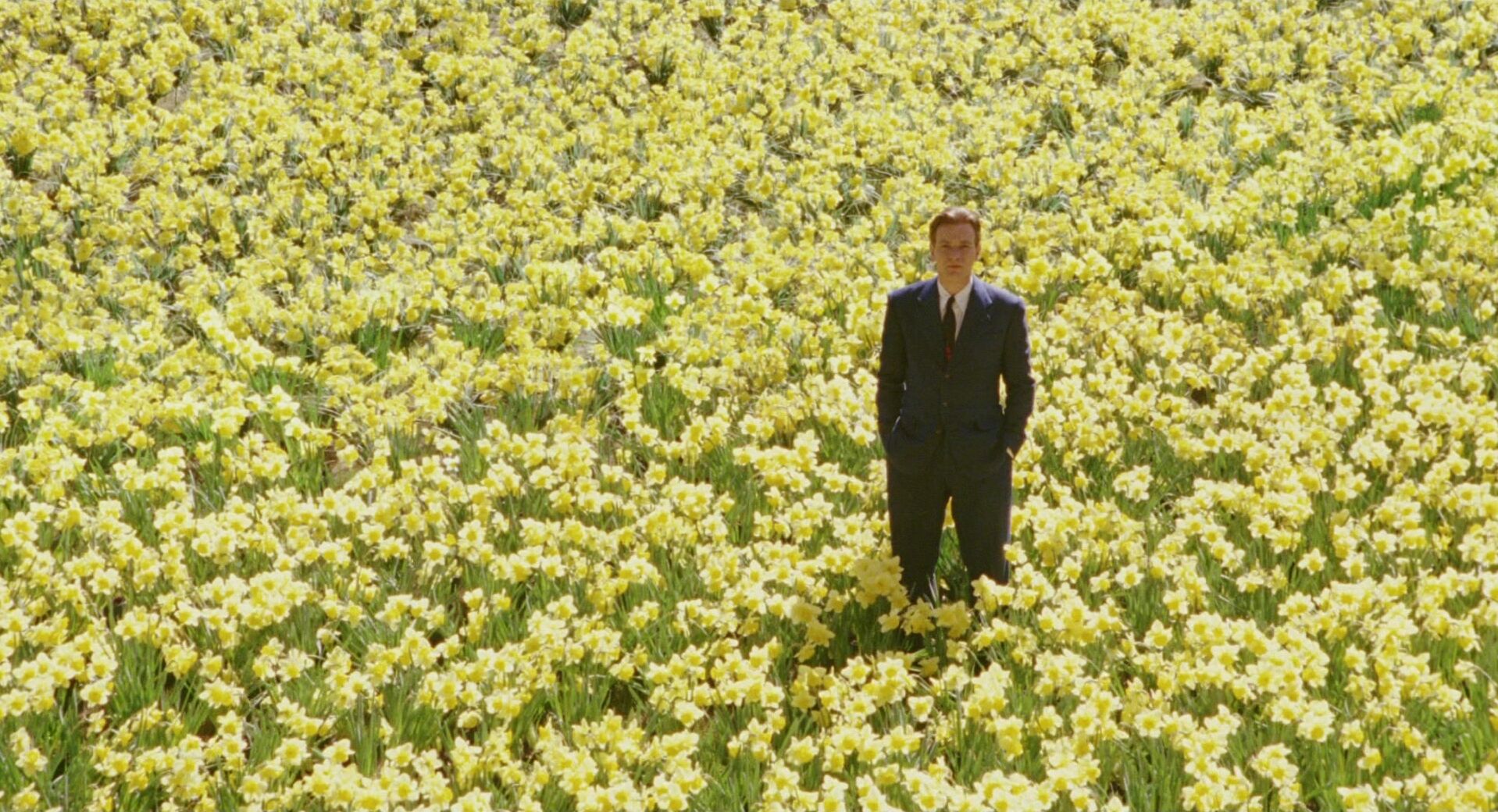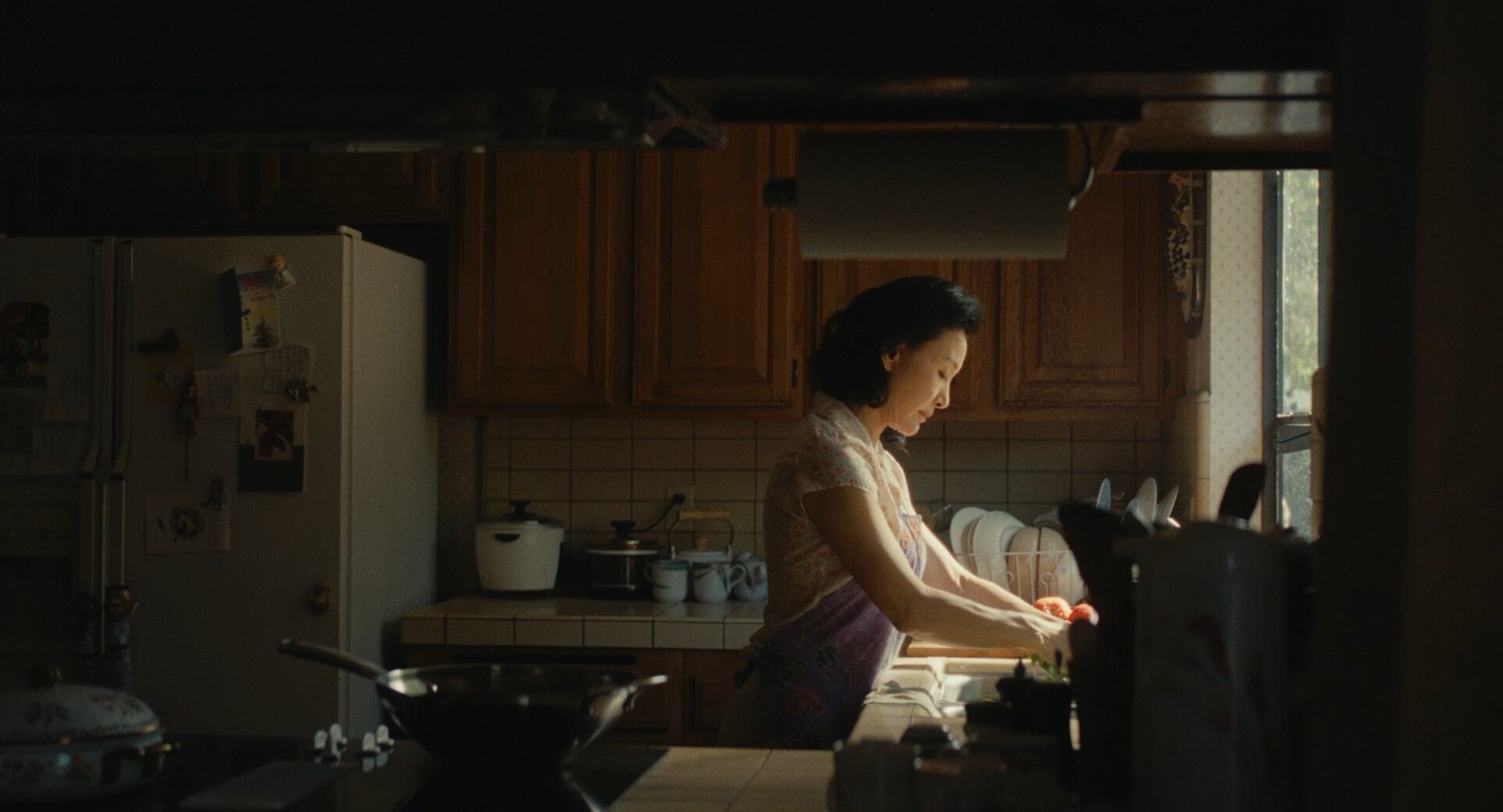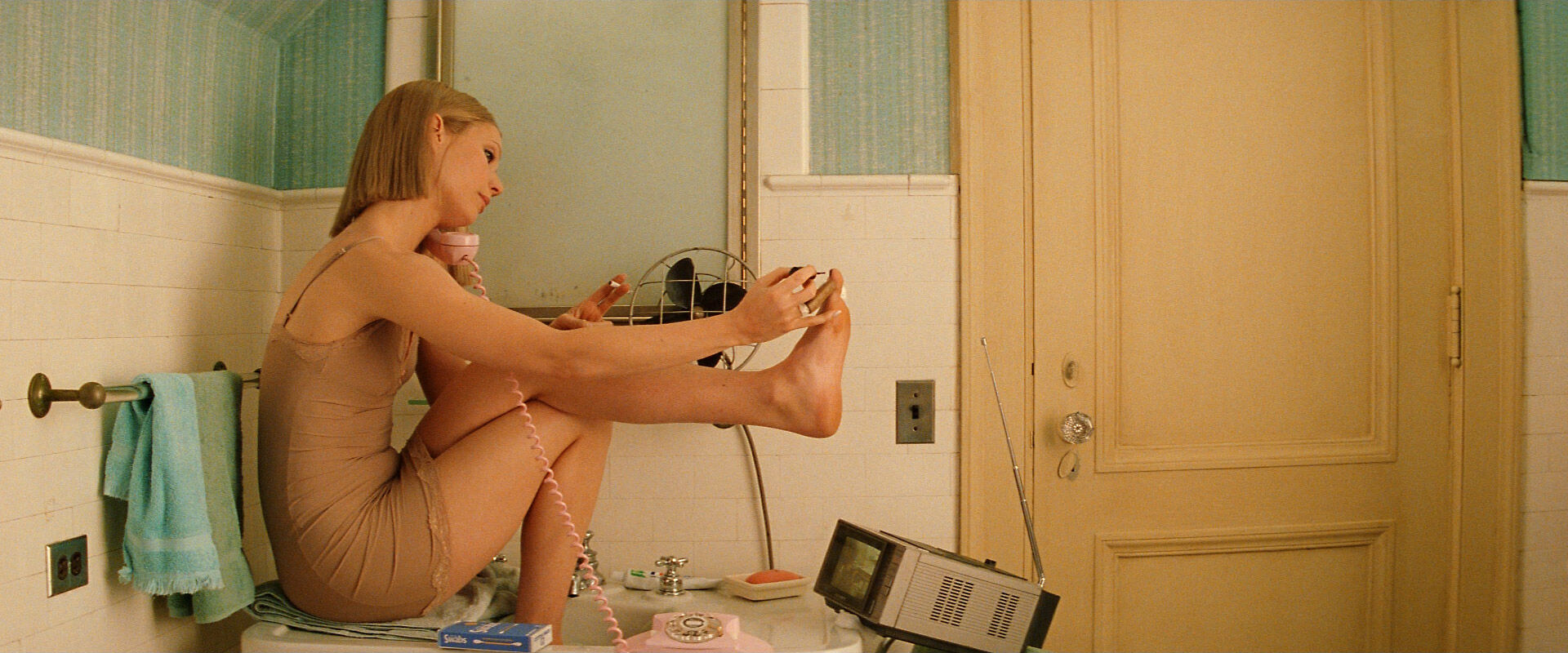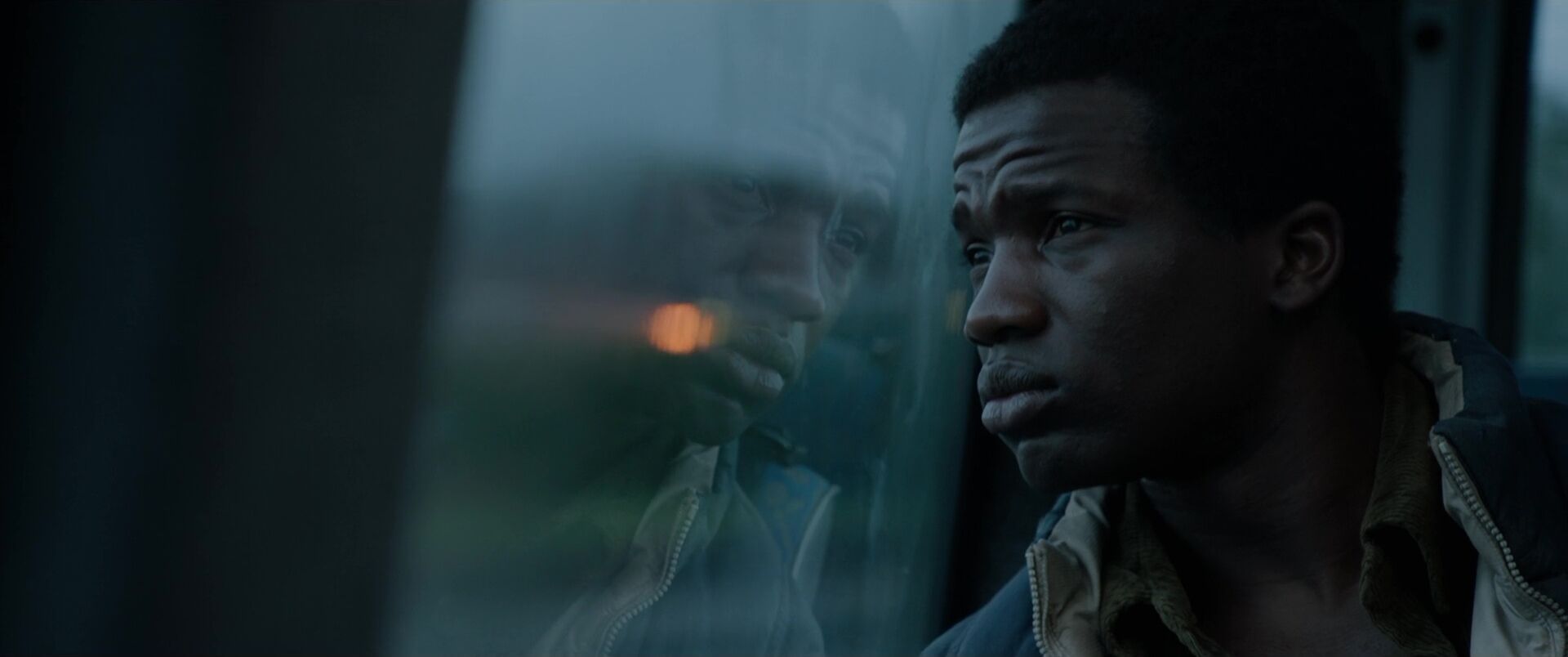home → Composition Techniques → Rule of Thirds
Rule of thirds definition
What is the rule of thirds?
The rule of thirds is a common way that filmmakers consider the composition of a frame when creating their shots. In the rule of thirds, you divide the frame into nine squares on a grid, using two horizontal and two vertical lines. Then, you place the subject of your shot at the intersection of those lines. The idea is that when you put your key subjects at these intersections, it highlights what’s really important in the shot, and creates an aesthetically pleasing image for viewers.
Check out our full guide to rule of thirds to learn more, complete with examples and breakdowns.
Rule of thirds
Rule of thirds examples
It’s helpful to see how the rule of thirds works in action before exploring how it operates within visual storytelling. Browse this curated selection of rule of thirds shots to get a sense of its uses across films in all genres.
Creates balance
Focuses attention
Adds depth
Makes for engaging shots
Uses
What does the rule of thirds do?
The rules of thirds shot in film can be used by filmmakers for a variety of reasons. No matter the genre, budget, or visual style, the rule of thirds remains one of the most common and effective ways to compose an image. Below are just a sample of applications.
Guides focus
By using the rule of thirds, filmmakers can direct the viewer’s attention to whatever they want the audience to focus on most in the shot.
Makes shots more natural
The theory goes that using the rule of thirds frames shots to feel more natural as opposed to putting your subject directly in the center.
Adds visual variety
By making subjects off-center in the frame, filmmakers can make the shot feel more original and engaging as it opens up negative space on either side.
Follow character’s gaze or action
Using the rule of thirds composition helps the viewer anticipate action or understand where a character is looking, otherwise known as "eye room."
Rule of thirds
Rule of thirds vs centering
The rule of thirds can often be confused with centering. Centering is exactly what it sounds like — placing the subject in the dead center of the frame. The rule of thirds discourages center placement, and encourages filmmakers to often place their subjects off-center for a more pleasing image.
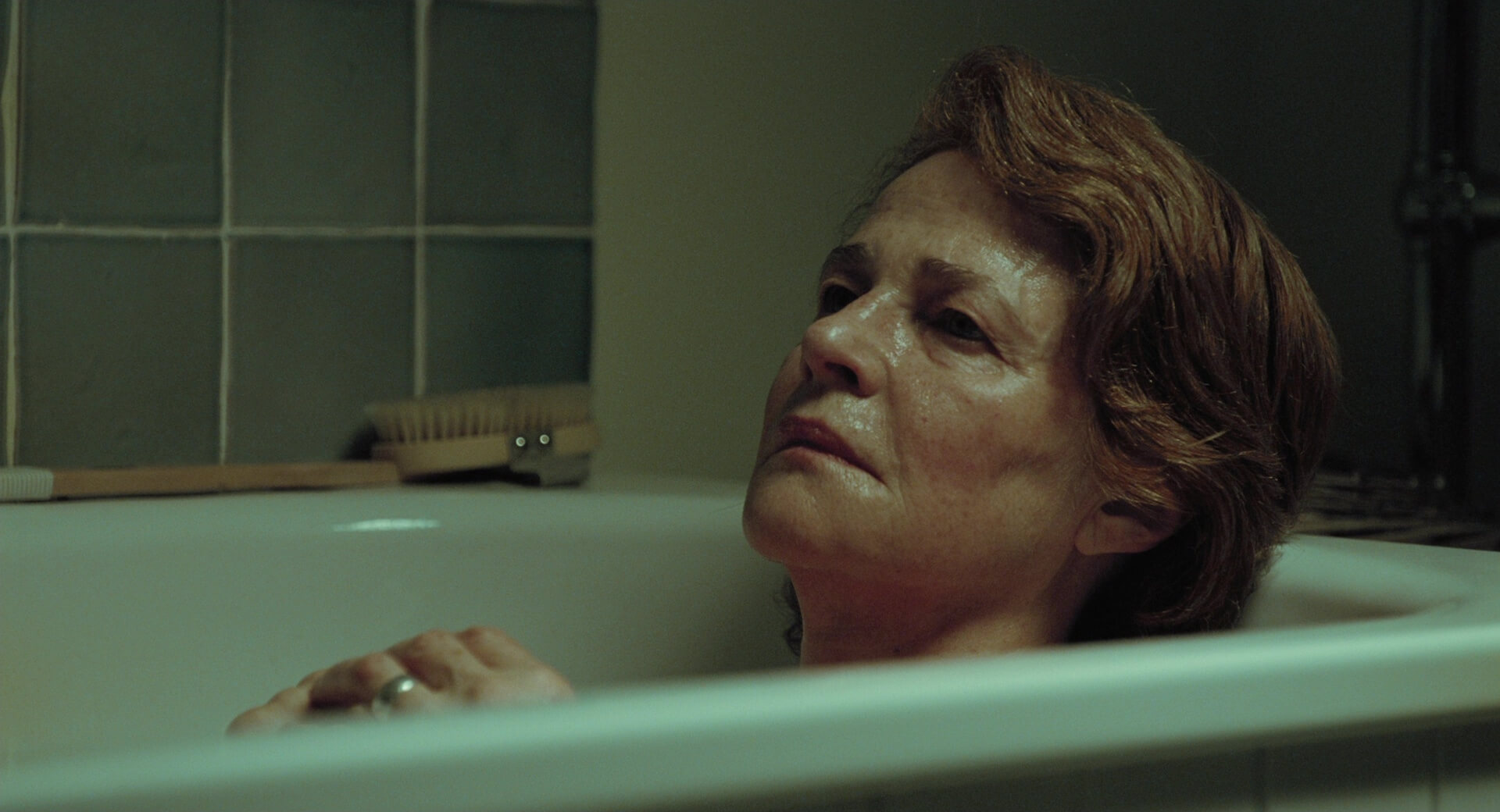
Case Study
Shot listing the rule of thirds
In Taika Waititi’s Jojo Rabbit, several shots demonstrate the rule of thirds. In this scene, Jojo is in the middle of a physical therapy session when his mother appears. If you took this shot and divided the frame into nine parts, you’d see how the subjects are placed at the intersections to create better visuals.
Click the shot list below to take a closer look at the entire scene.
The rule of thirds can be combined with any type of camera shot.
Unexpected combos
How can you use the rule of thirds with other camera techniques?
How to combine the rule of thirds
Rule of thirds shots can be used with just about any other type of camera shot, angle or movement. Like so many elements in filmmaking, when techniques are combined they can yield results greater than the sum of their parts:
- Close-up: Close-ups can frame the characters eyes along the top of the grid.
- Wide shot: Showing a character off to the side in a wide show can make them look small in a vast setting.
- Establishing shot: Put a key part of the setting off-frame when introducing the environment of a scene.
Frequently asked questions about the rule of thirds
The rule of thirds divides the frame into nine parts, and places the subject at the intersections. This creates a visual balance in the frame that feels more natural and organic.
The rule is used to decide where to put a subject in frame to make the shot most visually pleasing. Most cameras these days have a setting that will place the rule of thirds grid on your monitor so you can easily compose your shots to follow the rule.
The theory goes that by placing your object or subject along the grid lines and especially at their intersections, you create a more balanced and aesthetic composition. Breaking the rule can create a more disruptive composition that draws attention to itself and thereby pulls the audience out of their immersion.
Putting subjects off-center directs the viewer where to look. It also feels more natural and neutral so that the audience doesn't need to focus on the composition.
There’s no real difference between using this in film versus photography! The same rule and principles apply to both mediums.
